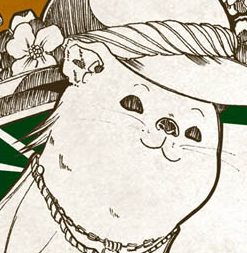
On The Elements of Typographic Style
(Chapter 1 page 17-25)
The text gives a good start and breakdown on how to approach designing text. I especially appreciate “1.2.2 Discover the outer logic of the typography in the inner logic of the text.”
My own ‘Good Practice Checklist’
- Understand your content and make a decision
(To give your design a voice) - Decide on a treatment
(What are some appropriate looks for your content? What is suitable for the company and client?) - Respect your content, do your research
(What’s the agenda? Check if there are any rules or sensitivities regarding your given content, and check if there are any existing graphics that are similar to what you have in mind) - Dress your content
(The technical aspects of design: What medium are you using? What colors and typefaces? What’s the layout like?)
About the text: ‘Well-chosen words deserve well-chosen letters’
To expand on certain aspects of ‘On The Elements of Typographic Style’, it’s definitely the job of typography to help words be expressed in their best form, with many factors considered.
If the content is meant to disturb, then perhaps a cold, unfeeling font or design should be selected for that purpose.
If the content is meant for digital platform, the design must take advantage of what the platform has to offer to give viewers the best and most correct experience.
I definitely think that priority should be about what fits good, rather than what looks good. Mismatching design and content would be doing a disservice to the efforts put into both. I think it’s definitely a good reflection for myself as well as it’s something I have to remember while working on my personal works.
About the text: Color as an ancient metaphor
This is definitely the first time I have heard of color used to refer to ‘the darkness or blackness of the letterforms in mass’. I have never looked at it in this way and it’s interesting to consider, along with its different criteria.
As I usually looked at letterforms by considering thickness (width), roundness (edges) and its superficial characteristics, it’s fresh to think about how the text sees the letterforms as a mass, something that is filled in with solid weight with more dimensions to it.
Overall
I have definitely learnt alot from this reading. It is a good step-by-step written list of factors to consider when approaching a text to make it less daunting, and a good reminder to treat words carefully during your work/project.






